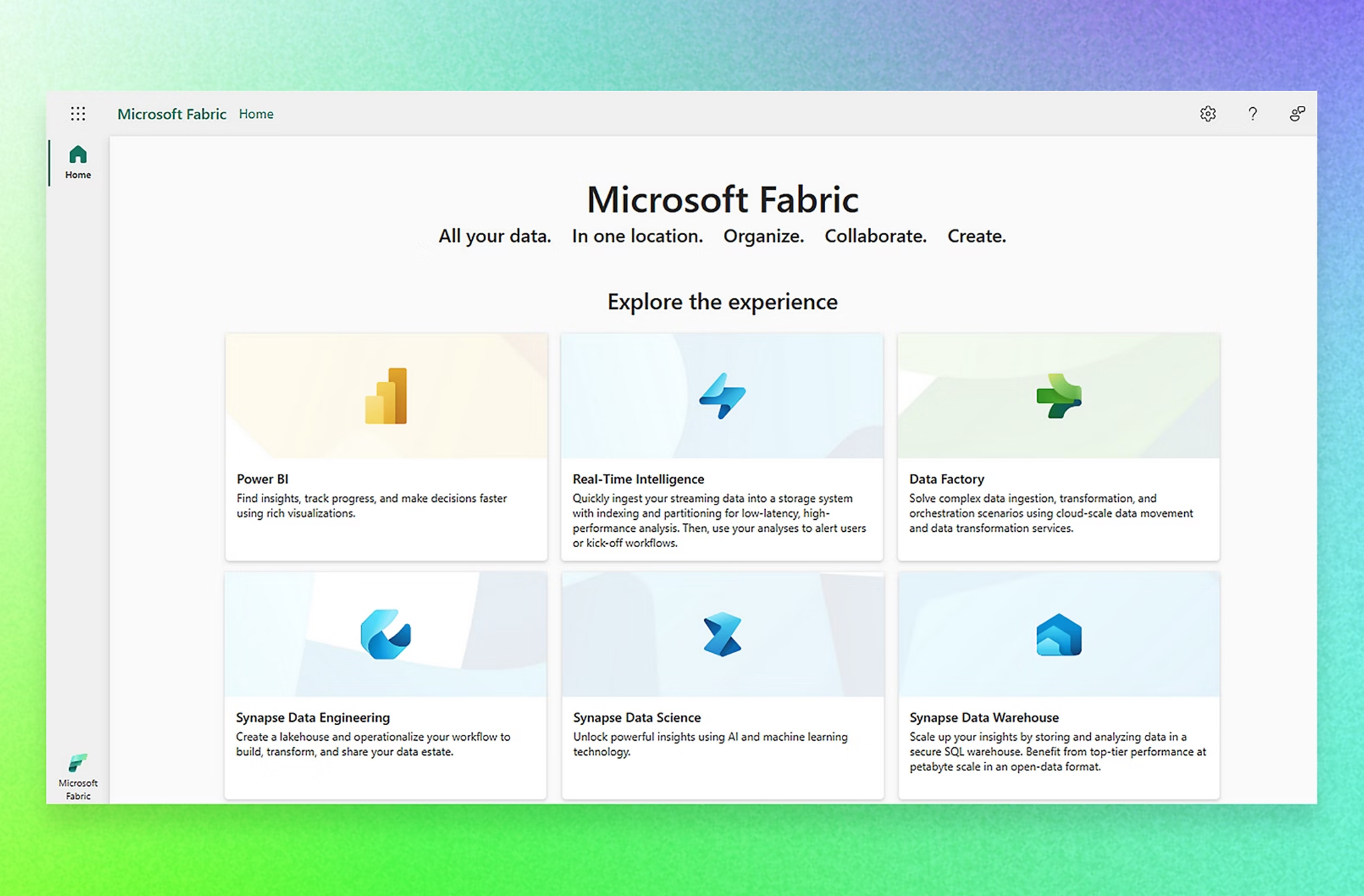
TO ENTER THE AGE OF DATA,
LEAVE YOUR DIGITAL BAGGAGE
AT THE DOOR
We in the tech industry are brilliant at reinventing ourselves when the existing approach stops working. The last great reinvention happened around 15 years ago, as the age of ‘big enterprise IT’ gave way to the age of digital.
Life moves pretty fast. As James reminded us here, if we’re to succeed in the age of data we need to leave our digital baggage at the door.
This could be challenging: some of the foundational principles of digital were radical, much needed at the time and have become the new orthodoxy.
But two in particular need to be discarded and replaced:
Data thinking needs to look across the entire organisation, its stakeholders and wider ecosystem.
Users at the table, not at the centre
User-centred design was the correct response when old-style waterfall projects routinely delivered user-hostile services. But if we put the user at the centre of our strategic thinking on data, we will very quickly run into trouble.
Why? Most users are not data literate; their purposes may be counterproductive, risky, unethical or downright senseless. A useful data product for one team may lead to the creation of yet another data silo, or yet more ungoverned data collection.
So user involvement needs to be broad rather than deep. Rather than optimising for the precise needs of one user group, product or service at a time, strategic data thinking needs to look across the entire organisation, its stakeholders and wider ecosystem.
User involvement is fantastically useful when it enables organisations to dig deeply into their own ontologies. We should expect to find lots of divergent thinking, many different working definitions of the most basic concepts and data points. The aim is to actively seek out those conflicts and get alignment on the meaning and purpose of your data.
Plan slow, act fast
Those behind the original Agile Manifesto correctly observed that very long pre-delivery planning periods were often counterproductive in software development, since the original user requirements would become redundant by the end of the project. This observation still holds for straightforward service design projects. It’s much better to identify features that are a high priority for users, move quickly to deliver something useful, and iterate from there.
But for data strategy, we might be better off going back to the future.
This is partly because of the multi-stakeholder approach described above. Strategic data work is also far more multi-disciplinary than agile service development; it requires statistical, linguistic and governance skillsets that you wouldn’t expect to find in a typical agile squad. The table needs to be a big one!
Data-centric thinking is also not especially amenable to an experimental, iterative approach. It requires formality and rigour around data structures, definitions and architectures.
Risk is important too. Awareness of strategic risks around data projects is much higher today than it was in the early free-wheeling agile days. Organisations should expect to be held accountable for ethical, security or privacy lapses, so governance is always a fundamental aspect of strategic data thinking.
As Professor Bent Flyvbjerg puts it, “plan slow, act fast”.
Data-centric thinking is also not especially amenable to an experimental, iterative approach.





